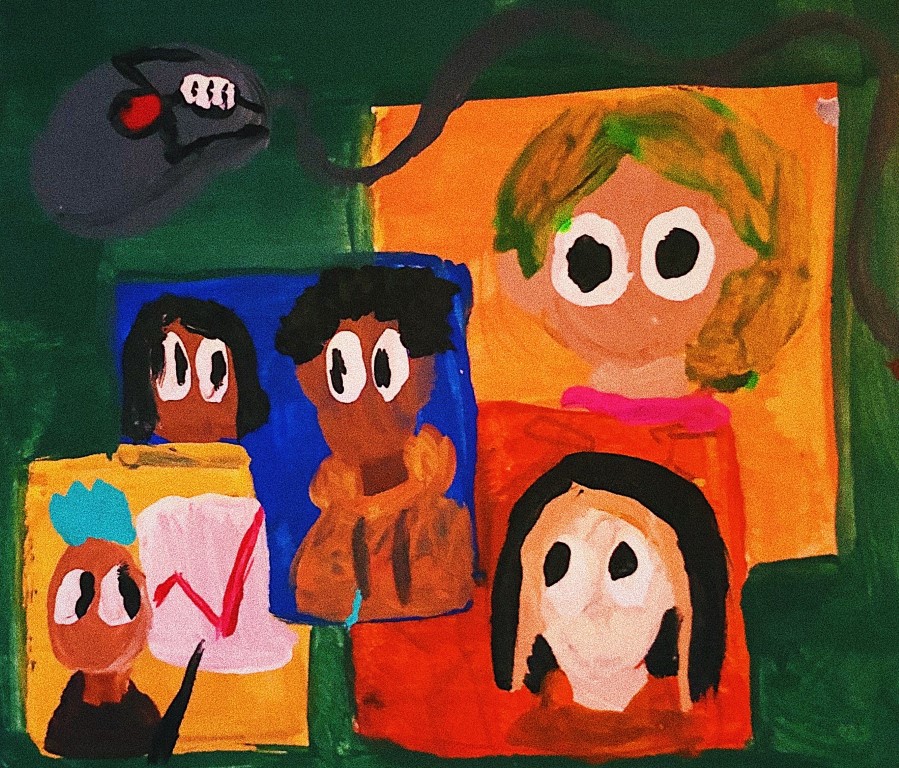
Comparing alternative video chat services
By Jerrison Oracion, Senior Columnist
Video chat has evolved greatly in the past two decades—changing the way we connect through conversations and conference calls. The idea of calling with video was first made in the 1870s along with the idea of audio devices, but the first prototypes did not culminate until the late 1920s when AT&T first started developing it (but it would not come into use until the ‘70s). Webcams may have been semi-popular on university campuses in the ‘90s, but around a year after Skype was introduced to the market in 2003 with its high-quality video chat, businesses began to practice video conferencing more seriously. Skype’s group video chat was available as a premium feature.
When Google+ was launched, the Hangouts feature was relatively popular because it allowed more people to be in a group. They have also recently changed Hangouts to Google Meet. Because social distancing is still in effect due to the pandemic, everyone should engage with friends and relatives outside of their home through these video chat services. The pandemic has led to the frequent use of a video chat service called Zoom; it is used not only for private conversations but also in TV shows and live streams. Many university classes use it as well.
I usually use the service when I do surveys and while you can have a lot of people in a group chat and a lot of interesting features—like having a virtual background behind you—I find the quality to not be comparable to a video chat in Skype. The video chat services that were made before Zoom pioneered video chat and can be great alternatives to the now very popular Zoom.
Skype has a higher quality image and an easy to use interface that is clear and immersive. The audio quality feels like the same crystal-clear quality of a landline phone and depending on the device that you use and your internet speed, you can have up to 50 people in a group video chat. Zoom does advertise 100 people in a chat for free though.
Google Hangouts is the first time I saw the video chat feature where, when someone talks, the chat prioritizes the person that is talking. Another feature I saw on Hangouts first was where one can control which person they would like to see by editing the hangout manually. If you do not have a fast internet connection, the image could drop frames, or the hangout would drop during the middle of a conversation. In a hangout, you can have 10 people video call for free which makes it more fun.
A lot of gamers use Discord to interact with other players and talk
about anything in chat rooms, where up to 10 people can be in a group video
chat. The quality of the group digital conference is seamless at times, though
it can drop at certain points too. Unlike most video call services you can move
the people that are in the chat, share your screen, and put a personalized
background—which is optimal if you are doing a gaming stream or a podcast.
For iPhone and iPad users, FaceTime’s group video chat can have 32
people in a conversation. If your camera is off, you can show yourself as an
Animoji. Because of the high-quality cameras in these devices, the quality of
the image in the chat has potential to be very sharp. You could use Zoom if you
like to have a lot of people in a group video chat. But if you would like to
have a high-quality group video chat, give these other video chat services a
try.
